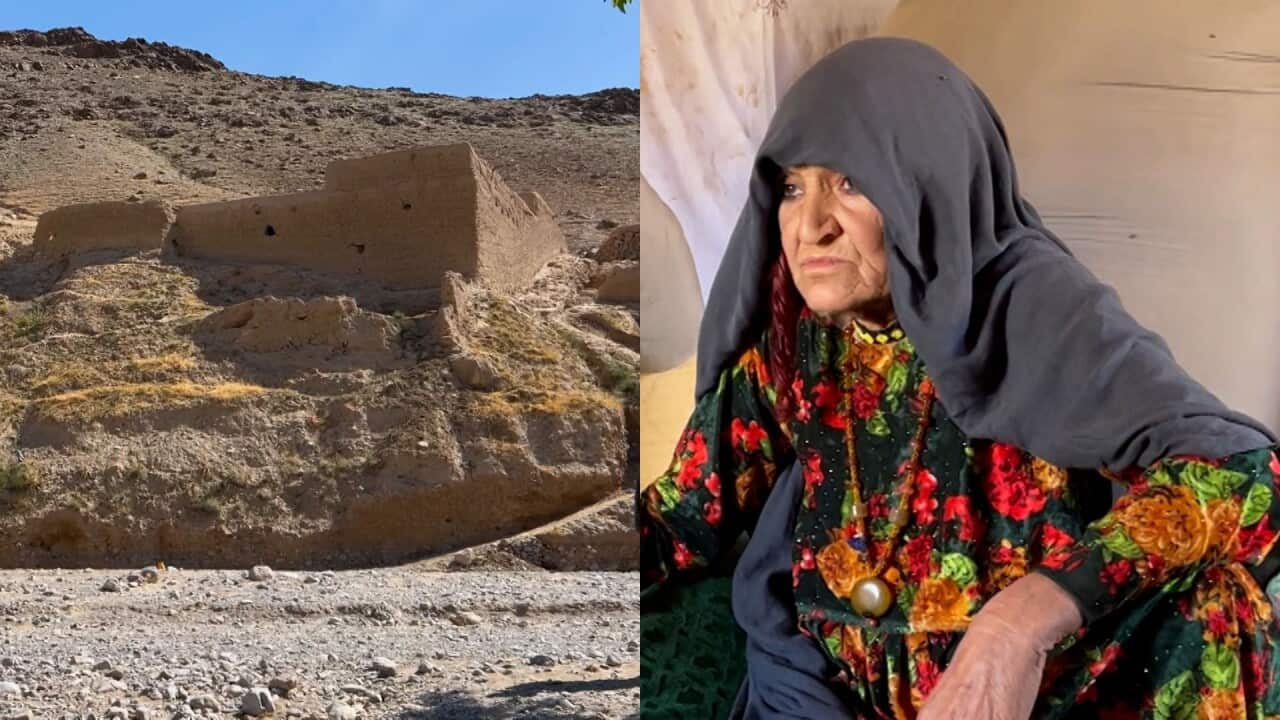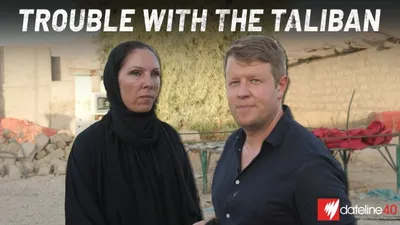
Murder In Afghanistan: Trouble With The Taliban
Australia’s most decorated soldier, the now-disgraced Ben Roberts-Smith, was part of the hunt to find him.
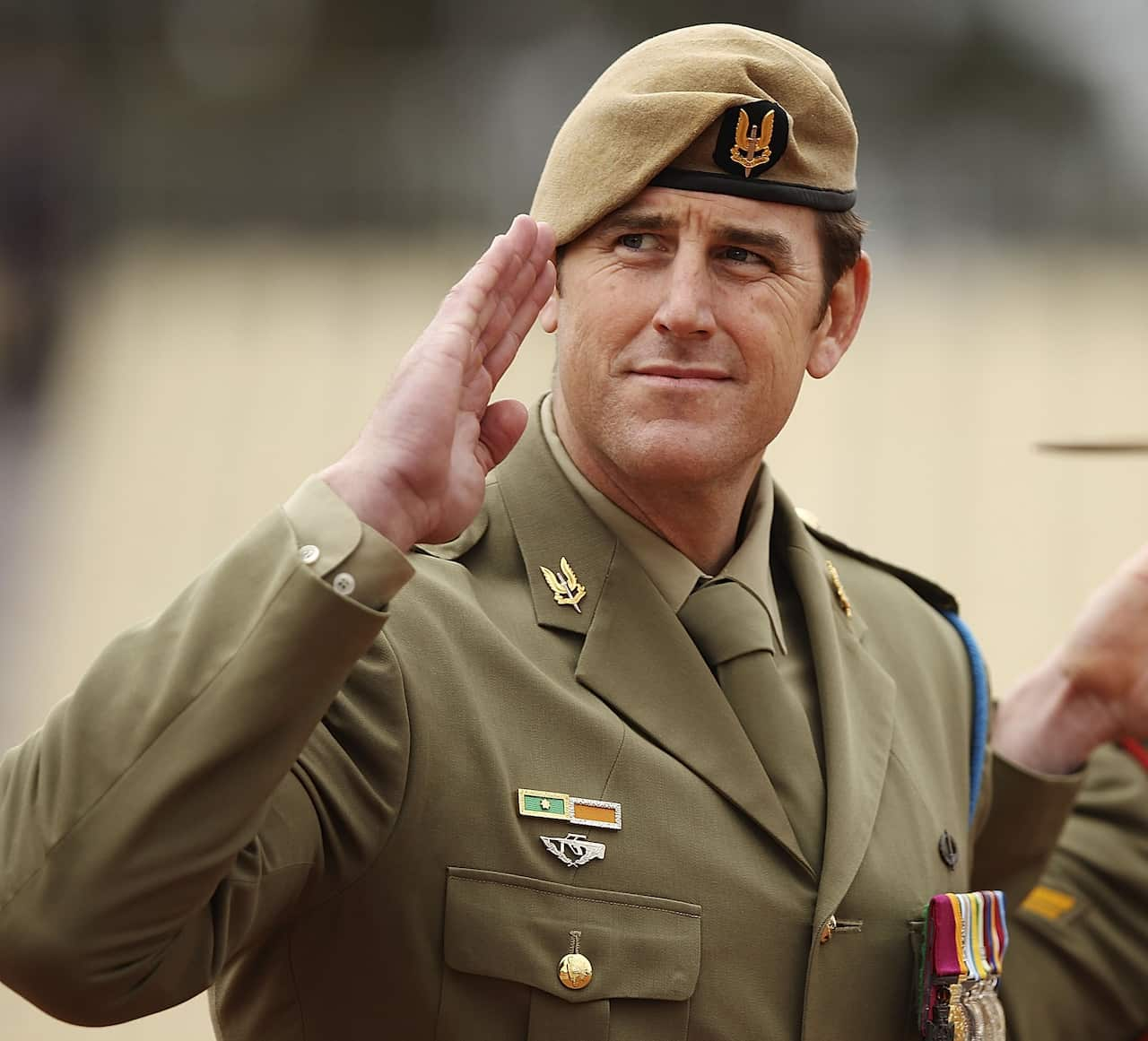
Ben Roberts-Smith, Australia’s most decorated soldier, was part of the hunt for Hekmatullah, who had murdered three Australian soldiers. Source: Getty / Stefan Postles
Acting on intelligence, Roberts-Smith and fellow special forces soldiers had first raided the village of Sola and an imam and his adult son were shot dead. An internal Australian Defence Force (ADF) investigation at the time found these killings were justified.
That was until Australian journalist and anthropologist Dr Michelle Jasmin Dimasi travelled there to interview local witnesses at the killing scenes, and to pave the way for SBS Dateline’s visit.
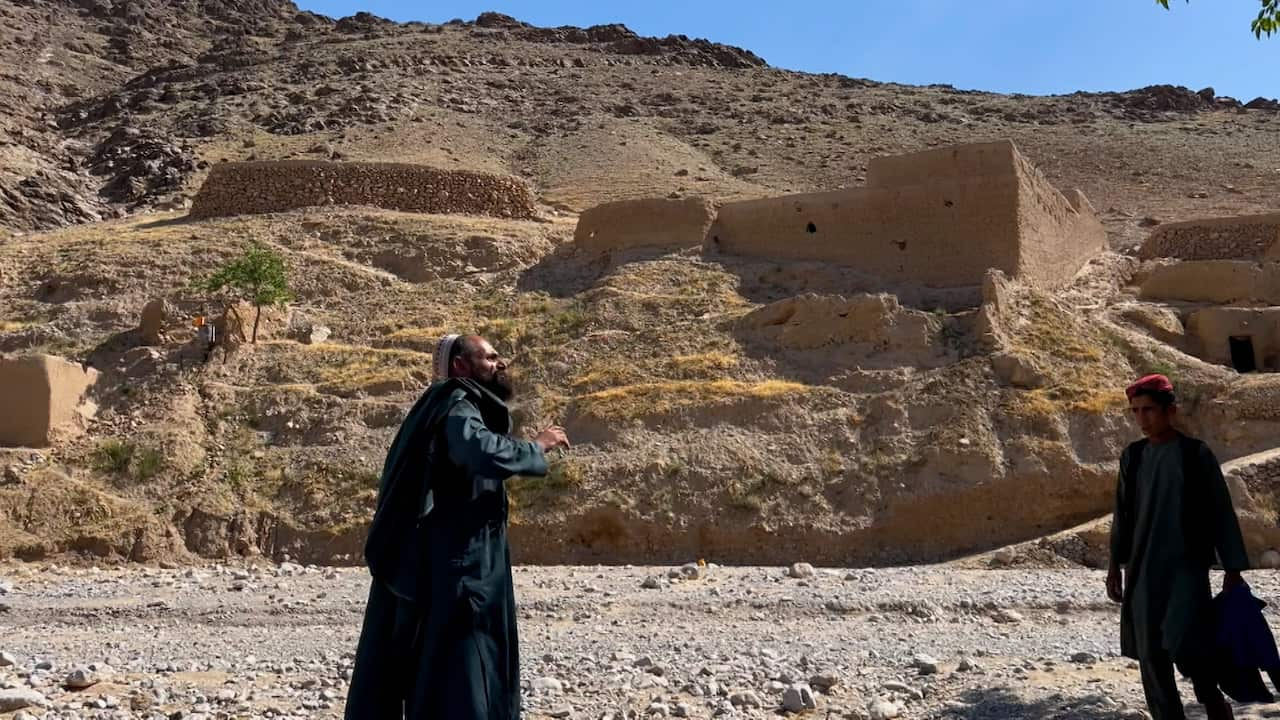
The cliff in remote Darwan – the site of Ali Jan’s death.
Alleged war crimes
Last June, Federal Court Justice Anthony Besanko found it was ‘substantially true’ Roberts-Smith had kicked Ali Jan, handcuffed, off a small rocky cliff before he was shot dead on Roberts-Smith’s orders.
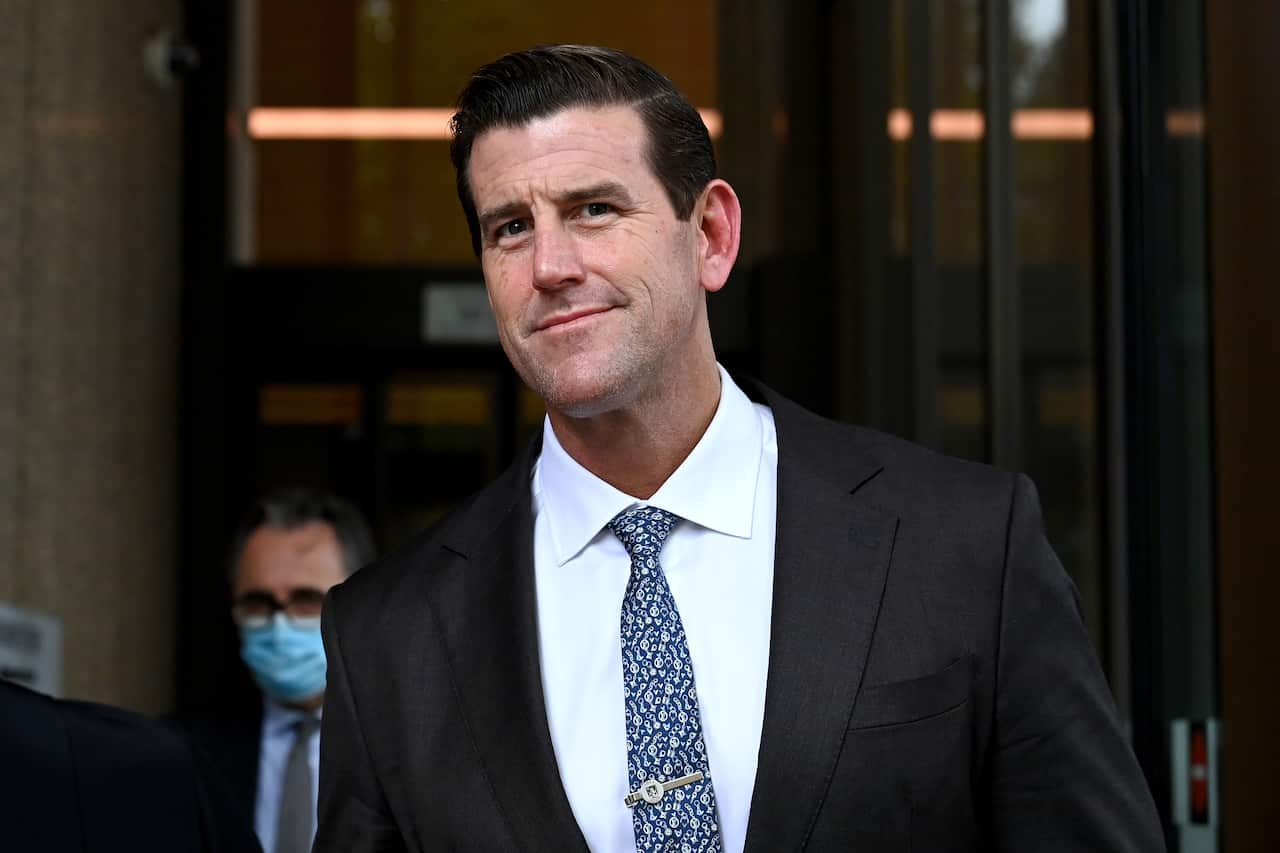
Roberts-Smith is appealing his failed defamation case against several Australian publishers who branded him a ‘war criminal’. Source: AAP / Bianca De Marchi
Roberts-Smith and another soldier denied this version of events during the trial, saying they only shot a legitimate enemy seen using a radio. Roberts-Smith is currently appealing his failed defamation case.
The two other deaths in Darwan that day did not involve Roberts-Smith and were not part of the defamation case.
First journalist in Darwan
Shahzada was a video-link witness at Roberts-Smith’s defamation trial. The judge said he approached Shahzada’s account with caution, but accepted aspects of it.
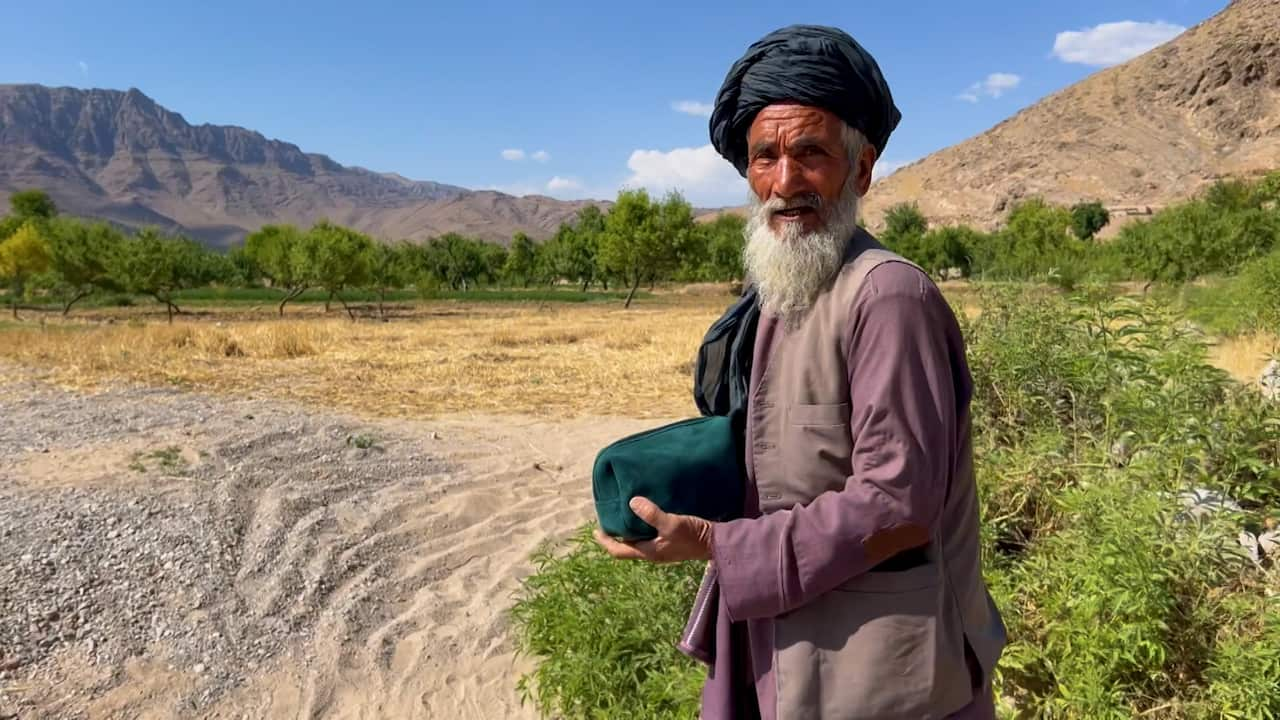
Farmer Shahzada gave testimony in the Roberts-smith defamation trial via video link as a witness to the killing of Ali Jan.
The almond room
The soldiers who shot them gave their version of events during Roberts-Smith’s defamation trial.
They say Yaro Mama Faqir and Haji Nazar Gul were brought separately into the almond room before being shot dead.
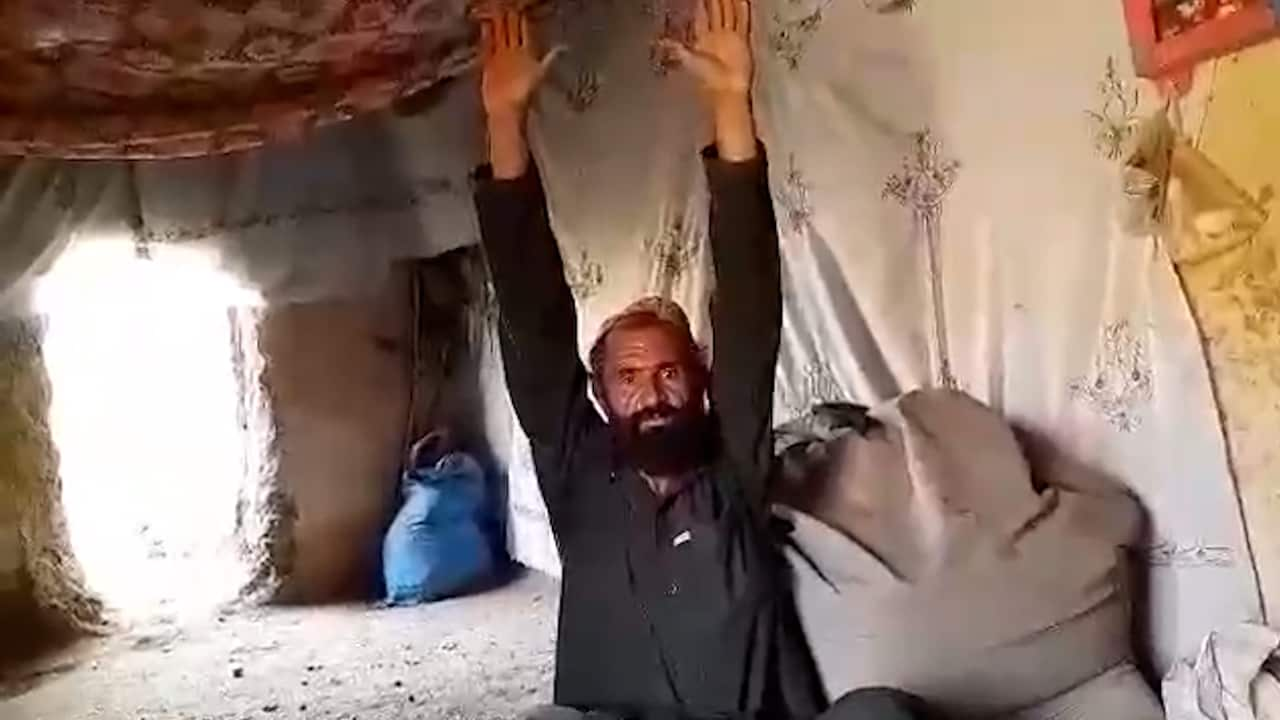
Sayed Hamid gave his account of the events leading up to the killings from the almond room where the men were killed.
In a video sent to Dateline, Sayed Hamid said he was detained with the men, who were holding up their hands and being searched and questioned by Australian soldiers.
She says the pair were “poor men sitting in their own house” and the Taliban were not around.
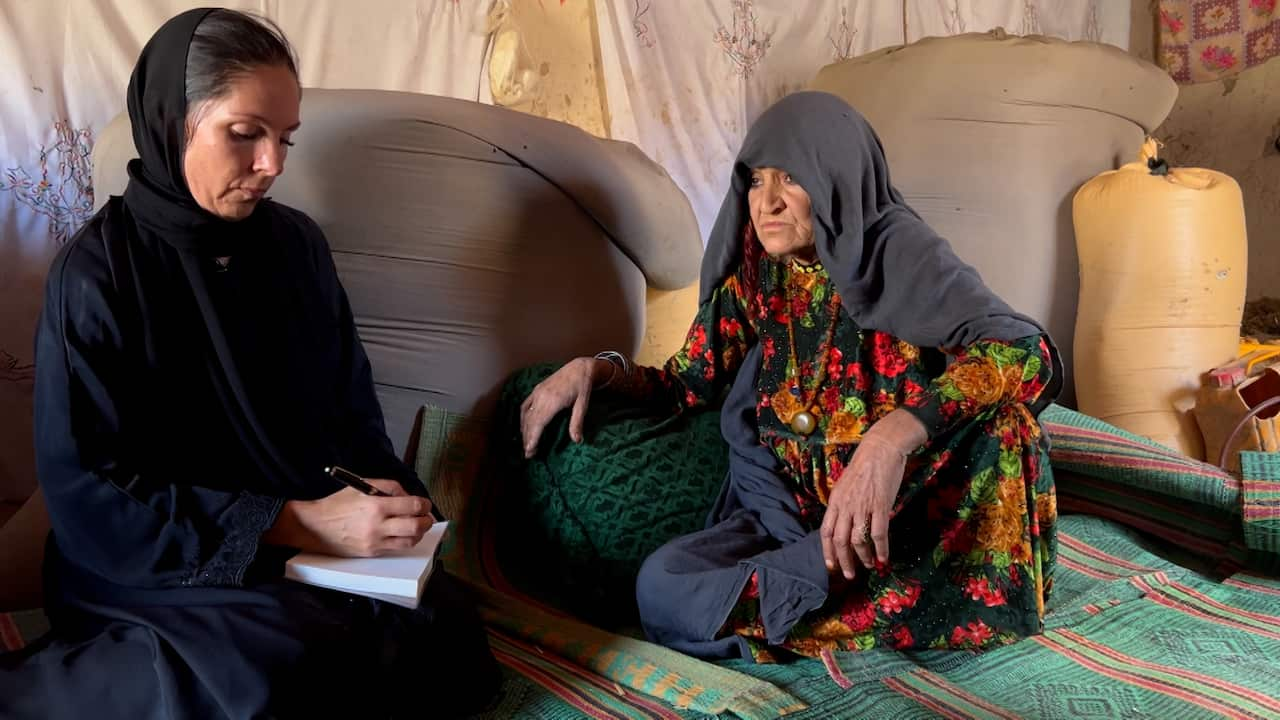
Yaro Mama’s sister, Shawo, found the bodies of the men in the almond room.
“They were pushed into one room and I was pushed into the other,” she said.
During the Roberts-Smith defamation trial, Person 35 confirmed that he is under investigation for war crimes but denied any wrongdoing.
The pursuit of justice
The Office of the Special Investigator (OSI), which was established in response to the Brereton report, has said it will not travel to Afghanistan due to safety concerns.
Saul says that while it is “possible to safely travel to Afghanistan” Australian investigators could also secure witness testimonies through other means, such as by video-link, through foreign lawyers in the country or intermediaries like the United Nations.
The family left behind
Dimasi also spoke with Ali Jan’s widow, Bibi Dhorko and two of their children, who were babies when he was killed.
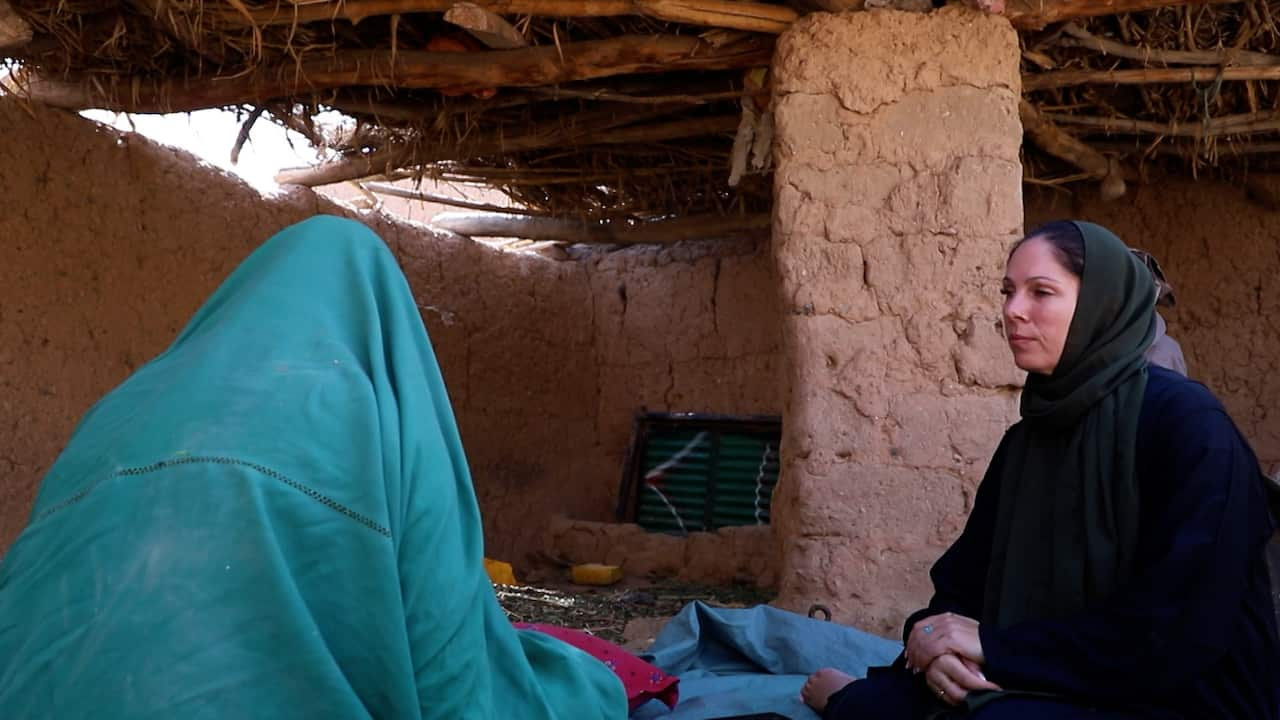
Ali Jan’s widow, Bibi Dhorko, and her family say they are destitute since the death of her husband.
Dhorko says the family has been left destitute by the loss of their primary breadwinner and the children now work as labourers picking cotton.
Saul said he is concerned about the length of time it has taken to investigate allegations of war crimes in Afghanistan and says Australia needs to “pull out all stops” to pursue justice.
“These are very complex matters which necessarily take a significant amount of time.”
